AROWANA (SILVER 4 INCHES)
Original price was: ₹1000.₹750Current price is: ₹750.
Quantity : Single Piece, 4inch
Out of stock
Email when stock available
Description
Silver arowanas are a long fish that is endemic to the Amazon drainage system. They are also known as “bony-tongued fish” because of their bony tongues. They are linked to primordial fishes.
Physical Characteristics
The mouth of the fish is located at the very top of the fish’s body and opens in three sections. The jaw, palate, tongue, and throat are only a few of the oral bones that have teeth. Throughout their bodies, they have enormous, pearly-silver scales. As the fish grows older, the colour of its scales changes to various colours of red, blue, and green. They have dorsal and anal fins that are nearly completely merged with the caudal fin on the back of their heads. Males are slenderer, and their anal fin is longer than that of females. Arowanas are distinguished by the presence of two barbells at the end of the lower jaw. The youngsters feature blue glints as well as a yellow-orange strip on their backs, whilst the adults are silver.
Size
Arowanas are very large fish, with some reaching lengths of more than 39 inches (100 centimeters).
Habitat flora and fauna
As far as they are concerned, arowanas are only found in the Amazon drainage system and the western Orinoco, Rupununi, and Essequibo drainage systems in the Guianas. They may be found in the Amazon’s whitewater and blackwater floodplains, respectively. In both forms of water, they are most plentiful in the regions that have been flooded.
Food and Eating Customs
Arowanas are omnivorous, with a preference for feeding on fish that are swimming near the surface of the water. Because of the superior location of the mouth, they are able to grasp their prey while swimming from under the surface. Because of their distinctive predatory nature, they often remain parallel to a felled tree to conceal themselves before attacking prey, which generally consists of springing out of the water. They may capture huge insects, other fish, crabs, snails, snakes, and tiny birds on low-hanging trees, as well as various small animals and insects.
Arowanas at the Smithsonian’s National Zoo consume aquatic gelatin diet, smelt, shrimp, and a variety of invertebrates, such as insects and worms, among other things.
Reproduction and Development are two important aspects of human development.
When the flood season begins, which is normally in December and January, arowanas spawn in large numbers and produce a large number of offspring. Females lay a tiny number of big eggs in a short period of time. In their mouths, males carry the eggs, larvae, and early juveniles until the yolk sac has been completely digested, which takes around two months.
Lifespan
Arowanas have survived to be more than ten years old while under human care.
Only logged in customers who have purchased this product may leave a review.

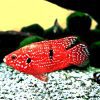

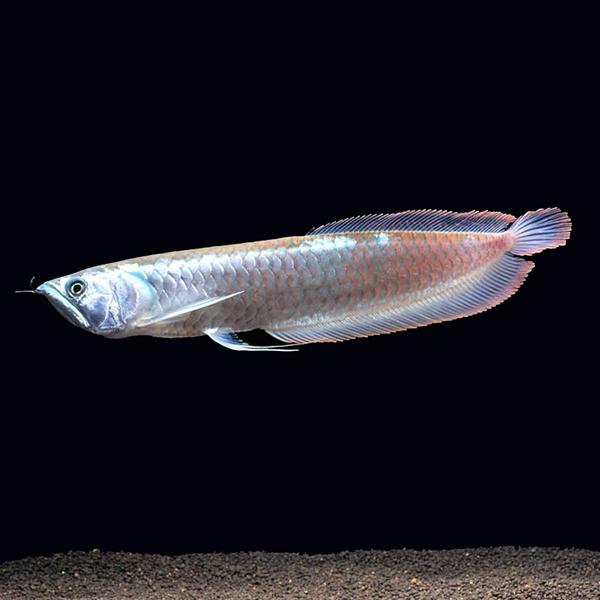
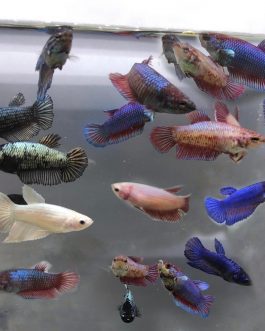
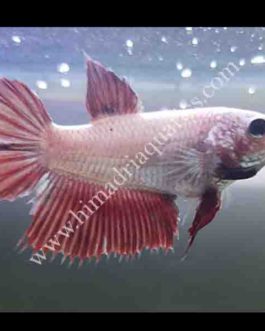
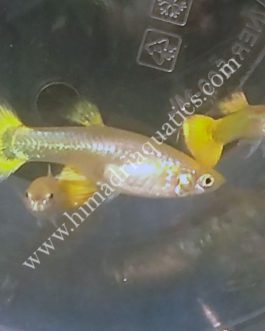
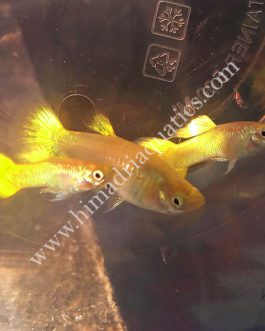
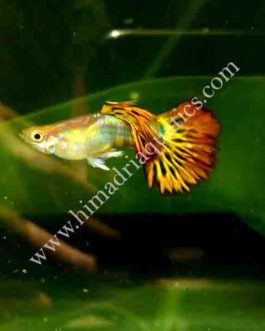
Reviews
There are no reviews yet.